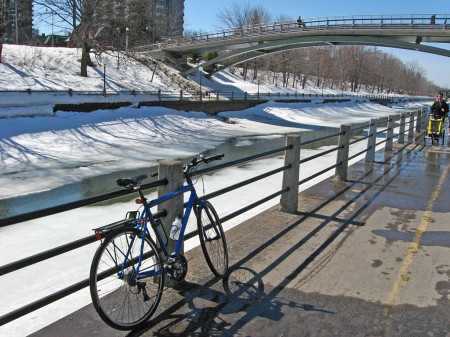Bullies within private security and police forces are increasingly keen to harass people taking photographs in public places. As such, being aware of the laws relating to photography in your jurisdiction is quite worthwhile. The standard ‘I am not a lawyer / this does not constitute legal advice’ warning applies.
Things you cannot do:
- Misrepresent someone in a slanderous way through photography or captions accompanying photographs.
- Photograph people in their homes, or in spaces where they have a ‘reasonable expectation of privacy,’ such as public bathrooms.
- Trespass, especially at night.
- Take photos “that could be considered national secrets, interfere with a large number of Canadian’s lives, impair or threaten the Canadian Forces, national security or intelligence.”
Things you can do:
- Take photos for non-commercial use in nearly any public space.
- Photograph and publish photos of anyone, aside from young offenders, who are “newsworthy, doing newsworthy things, or are public figures or celebrities.”
- “It is not against copyright law to take a photo of any architectural work, for example, a building, or a permanent piece of public art.”
The document linked above has a lot more detail, including statutes specific to provinces. It also has some good tips on what to do if you are confronted about taking photographs. As always, remaining calm and polite – but clear and firm about what it is within your rights to do – is the best approach. Deleting your photos in response to a confrontation is probably not a great idea because (a) it reinforces the idea that those confronting you have the right to make you do this (b) when they almost certainly do not (the exemption is the national security case) and (c) you will be destroying evidence that the photos you were taking were legal.

